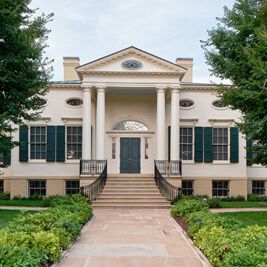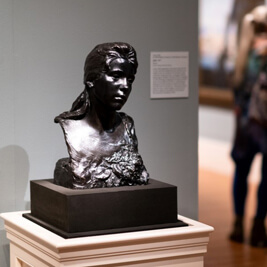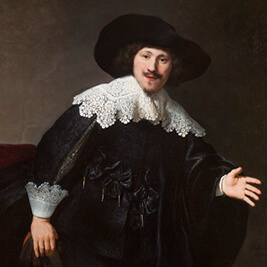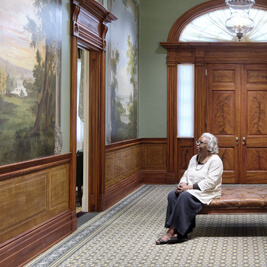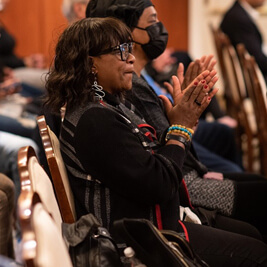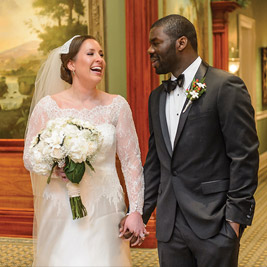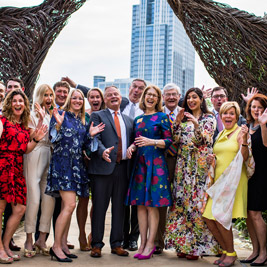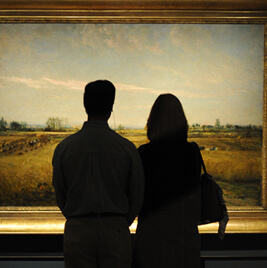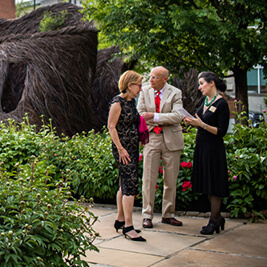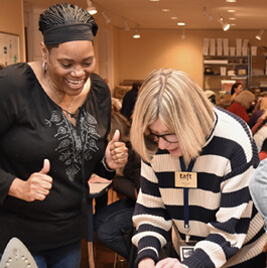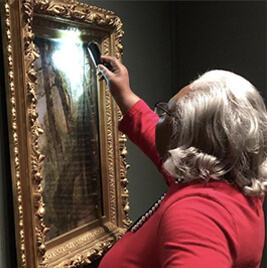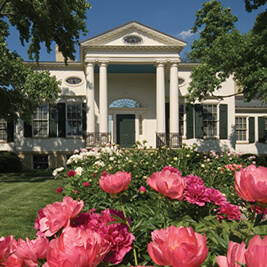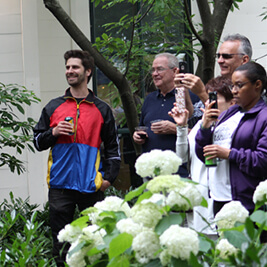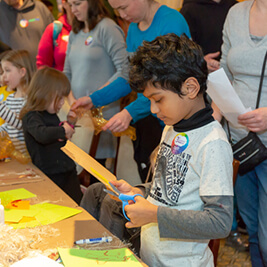- Do + See
- Dine + Host
- Give + Join
- Educate + Learn
Outside | In
Fresh Perspectives on Your Home for Art
Our understanding of art and history is constantly evolving. As the Taft Museum of Art preserved the infrastructure of the Taft historic house as part of our Bicentennial Infrastructure Project, we also took a fresh look inside. Our team re-examined our permanent collection, archives, and recorded history, ensuring that we were providing the most up-to-date scholarly research and insight to the next generation of visitors.
What will visitors to the Taft notice when they return this summer? Learn more in this Q&A!
Will the Taft historic house galleries have new names?
“For many rooms, we created new names that are thematic and more inclusive,” explains Ann Glasscock, associate curator. “For example, the ’17th-Century Dutch Painting Gallery’ also includes Chinese porcelains and American furniture. It now will be called ’Virtue & Vice,’ highlighting paintings that caution against vice and porcelains that share wishes for good fortune and promote virtue. Our innovative approach allows us to bring equal attention to the paintings and the decorative works of art.” The home’s foyer will have a new name, the Duncanson Foyer. This celebrates the rare suite of eight landscape murals that adorn the 200-year-old home and recognizes the artist who painted them, Robert S. Duncanson (1821–1872).
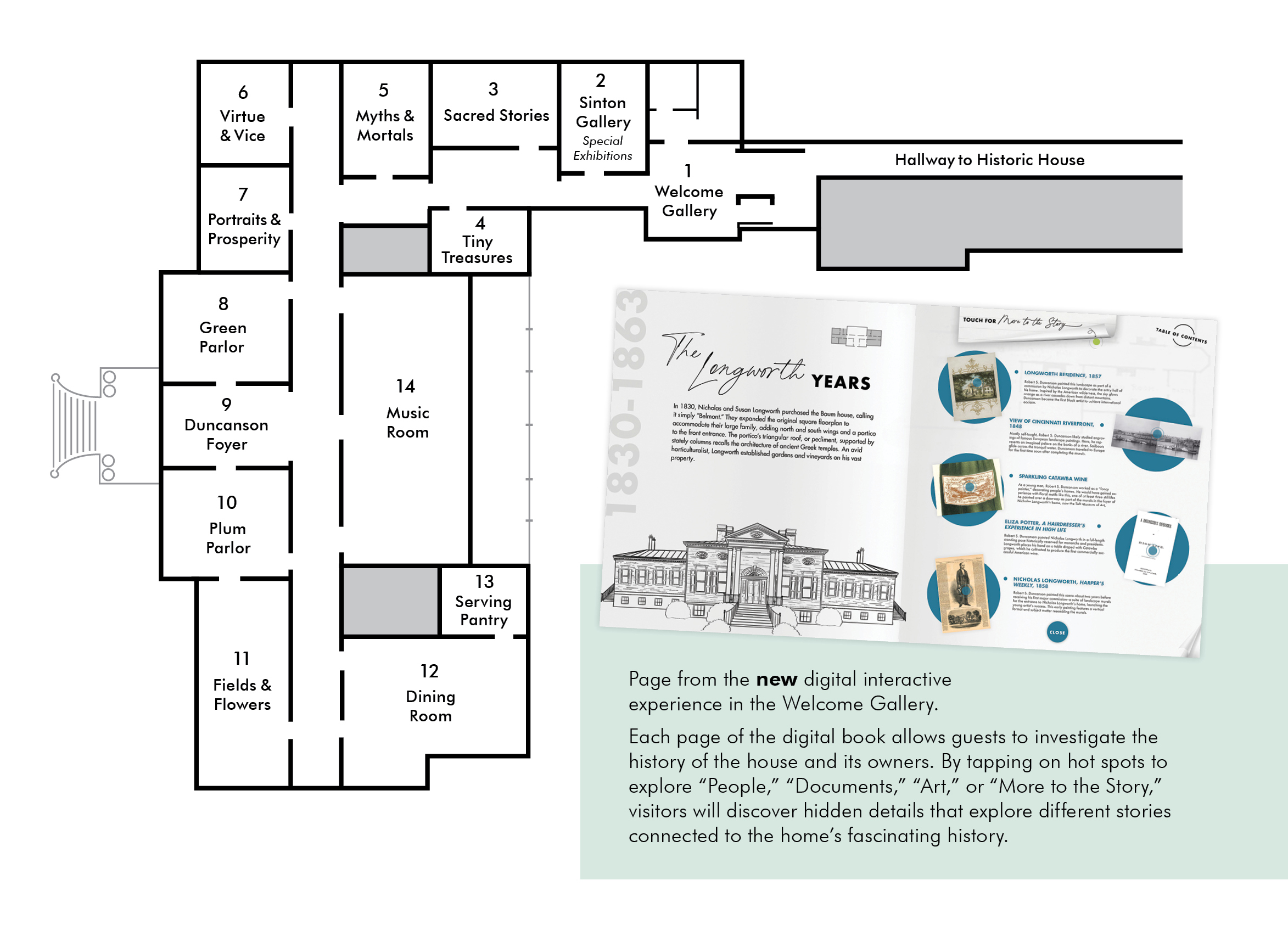
What else is new in the galleries?
“Museum standards are always changing,” says Tamera Lenz Muente, curator. “We’ve learned that most visitors prefer shorter wall texts and more engaging language. In addition, just over 10 percent of the works on view had interpretive labels. We are quadrupling that number to encourage our visitors to connect with more works of art.” Muente adds, “Most of the previous labels were written almost twenty years ago. New labels allow us to share updated research and more inclusive information.”
According to Angela Fuller, associate registrar/assistant curator, our curatorial team’s new research has also uncovered fascinating facts about many works in the collection. “Some labels will delve more deeply into the lives of people pictured in portraits, while others examine who made our decorative arts and what materials they used. We’re trying to tell compelling stories that unlock the secrets behind a work of art, making visitors want to look and learn more.”
Is there any new information on the historic house and its history?
“Our re-exploration of the museum’s history also includes a new digital experience,” says Director of Learning and Engagement Elise Solomon. “When you arrive at the threshold of the Taft historic house in our Welcome Gallery, you will now find an illustrated, interactive digital book. We invite you to flip through the pages to explore the stories of our house and its residents, including photographs, handwritten documents, portraits, illustrations, and artwork from the Taft Archives and other local institutions.”
What's something surprising you discovered while researching?
“I experienced many exciting moments when I was researching the Taft’s collection of European watches,” says Ann Glasscock, associate curator. “Did you know that one of our timepieces was made by Jean-Baptiste-Albert Baillon, who was at one point watchmaker to Queen Marie Antoinette’s court? Or did you know that a 270-year-old watch could easily start working? One day, I went to examine its hallmarks. I opened the case, lifted up the movement, and it began to tick!”
